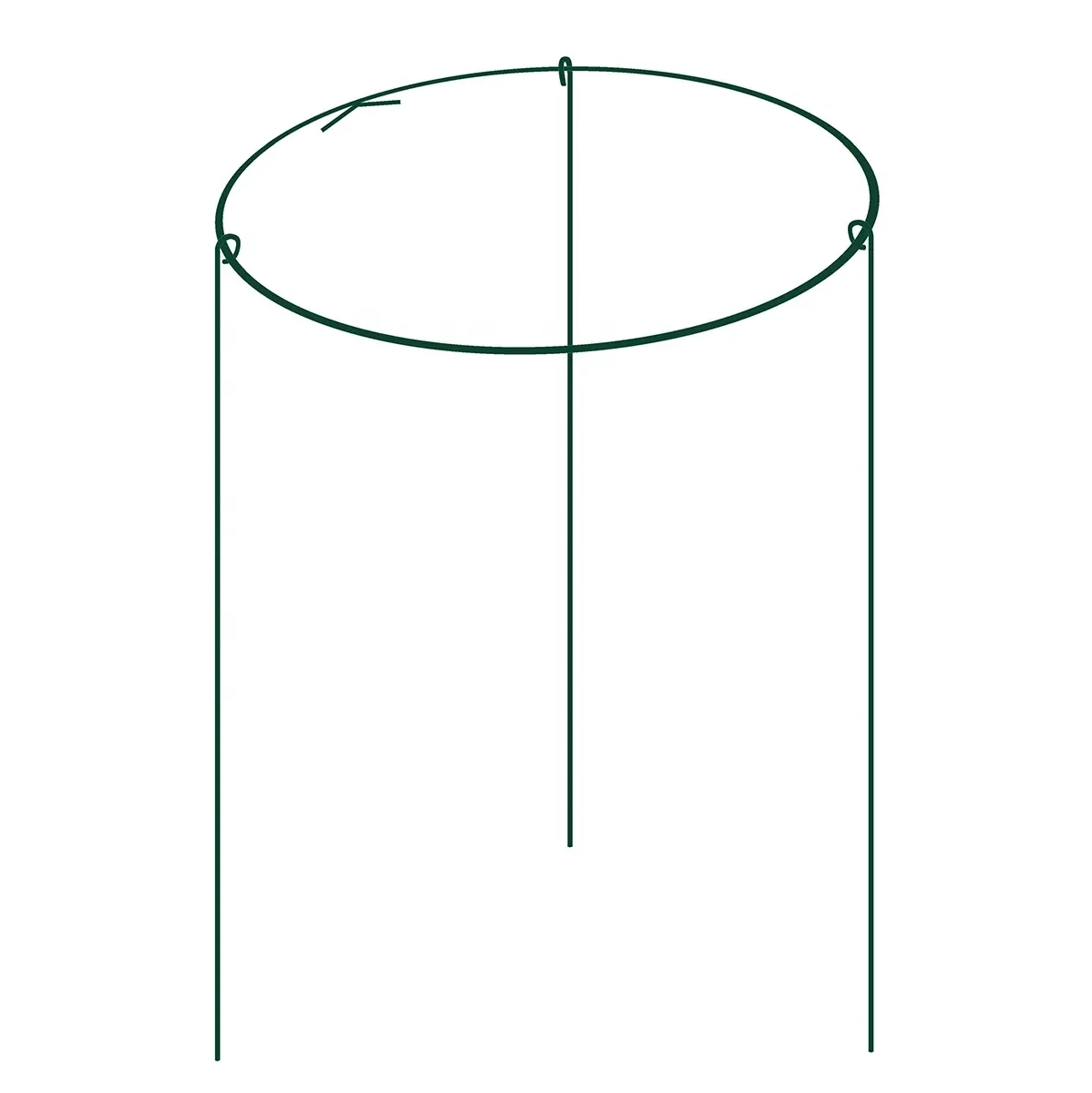plastic shade net
Okt . 15, 2024 19:43
Understanding Plastic Shade Nets Benefits and Applications
Plastic shade nets have become an essential tool in various industries, particularly in agriculture, horticulture, and construction. These versatile materials provide an efficient way to protect crops, manage light exposure, and create controlled environments. In this article, we will explore the benefits, applications, and significance of plastic shade nets.
What Are Plastic Shade Nets?
Plastic shade nets are made from high-density polyethylene (HDPE) or polypropylene, which are both durable and resistant to environmental factors. These nets are designed to provide varying degrees of shade, typically expressed as a percentage, ranging from 30% to 90%. The shade percentage indicates how much sunlight is blocked, which can be tailored to suit the needs of different plants or activities.
Benefits of Plastic Shade Nets
1. Sunlight Control One of the primary benefits of plastic shade nets is their ability to diffuse sunlight effectively. This control over light exposure helps to prevent sunburn on crops, promotes healthier growth, and enhances the quality of the produce.
2. Temperature Regulation Shade nets significantly reduce temperatures under their coverage. This cooling effect creates an ideal microclimate for plant growth, especially in regions with extreme temperatures. By maintaining a stable environment, these nets can lead to improved crop yields.
3. Pest and Wind Protection In addition to controlling light and temperature, plastic shade nets provide a barrier against pests and harsh weather conditions. They can help reduce the incidence of diseases and insect infestations while also shielding plants from strong winds and hail.
4. Water Conservation By reducing evaporation rates, plastic shade nets help conserve soil moisture, which is critical for plant health. This attribute is especially valuable in arid regions where water resources are limited.
plastic shade net

5. Cost-Effectiveness Compared to traditional greenhouse structures, shade nets are generally more affordable, both in terms of initial investment and maintenance costs. They offer a practical solution for farmers and gardeners, enabling them to create suitable growing environments without breaking the bank.
Applications of Plastic Shade Nets
1. Agriculture Farmers widely use plastic shade nets to protect vegetables, fruits, and ornamental plants. The nets allow for optimal growth conditions while minimizing potential damage from weather and pests.
2. Greenhouses Shade nets can be installed over greenhouses to control light levels, ensuring that plants receive the right amount of sunlight throughout the day.
3. Nurseries and Garden Centers These nets are essential for nurseries, helping to create conducive environments for young plants. They provide protection from harsh sunlight while allowing adequate airflow.
4. Construction and Landscaping In construction sites, shade nets can protect both workers and materials from excessive sunlight. In landscaping, they can help in creating shaded recreational areas.
Conclusion
Plastic shade nets are a valuable asset across various industries, particularly in agriculture. Their ability to control sunlight, regulate temperature, and provide protection from pests and harsh weather makes them indispensable tools for cultivating healthy crops. As more people turn to sustainable farming practices, the demand for effective solutions like plastic shade nets will continue to rise, playing a significant role in the future of sustainable agriculture and horticulture.




















